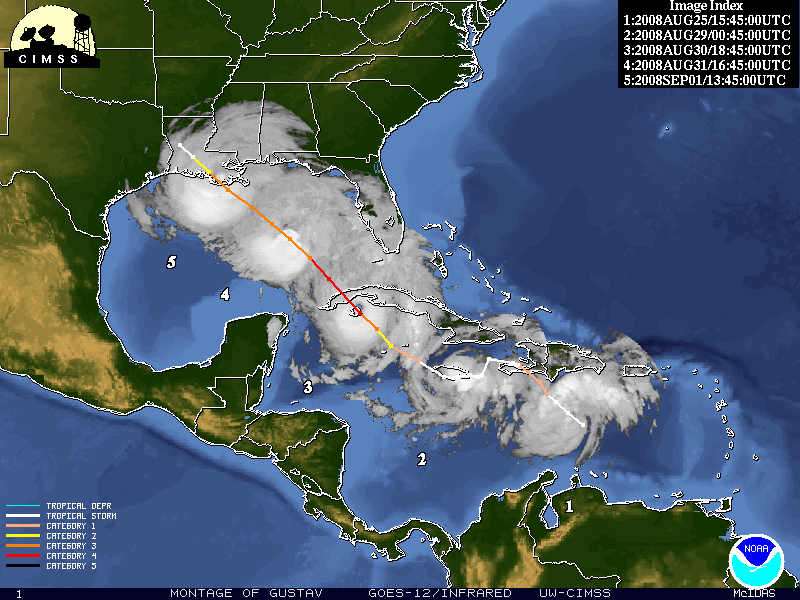 |
| Summer is here. Put on the suntan lotion! |
I had so many ambitions for this summer:
1. Audition for a play
2. Get a job
3. Take a library science course
4. Write a novel or collection of short stories
5. Find a LTR (!)
Now, so far, I have only begun to accomplish number 3.
The other bullet points are just that — lofty points!
Now, I did attempt to do number One. I was going to audition for Who's Afraid of Virgina Woolf but the theater was too far away and I did not want to spend my hot, summer days commuting.
About getting a job:
1. Audition for a play
2. Get a job
3. Take a library science course
4. Write a novel or collection of short stories
5. Find a LTR (!)
Now, so far, I have only begun to accomplish number 3.
The other bullet points are just that — lofty points!
Now, I did attempt to do number One. I was going to audition for Who's Afraid of Virgina Woolf but the theater was too far away and I did not want to spend my hot, summer days commuting.
About getting a job:
I did house sit for a week with mercurial Zack. I made some bucks and got to hang out with him. He is into his peers more than he is into me -- add football, and getting his body ripped and I end up a mere fixture in the house, a little bit lower than the dogs. I caught him a couple of times being bored. Maybe it is true that boredom is part of being an adolescent. I would think the trick in "growing up" is figuring out what to do with unstructured time. It is funny, I was bored watching him be bored. But, to make a potentially tragic story happy, the both of us went to Café Du Monde one morning after his workout and conditioning. And he did help diagnose my car problems (I had a defective tire valve) and directed me to an inexpensive tire repair service. Thank you Zack! All in all it was satisfactory. I do love him and hope he reads this blog!
Maybe I will try my other plan and get a job as a barista. Anyone need a barista?
About the fiction writing:
Maybe I will try my other plan and get a job as a barista. Anyone need a barista?
About the fiction writing:
I need to stop time for a considerable length and go through all my stuff:
Here is my incomplete TOC of stories with a one-sentence tag line:
2. Bully: Two kids become friends after a fight on a trampoline
3. The Hammer: Morgan feels guilty about accidentally killing his father
4. Pre-Stress: Adam comes-of-age once he finds an abandoned lot filled with pre-stress concrete
5. Staten Island Ferry: A man writes poetry on a ferry and befriends a stranger
6. Kierkegaard's Son: A professor finds a half-dead woman and brings her home
7. Highway 90: A middle-aged mom defends her convenience store from being bulldozed
8. Socialite: A girl posts fake pictures of herself on the internet with unexpected consequences
9. Song of Roland: Two men meet after fifty years of separation
I am thinking I may need a total of twelve stories but these are stories I have already developed. This may end up being a more ambitious project than I originally imagined.
More later!
Here is my incomplete TOC of stories with a one-sentence tag line:
Staten Island Ferry: A Collection of Short Stories by Greig Roselli
1. Green Apples: A clerk who secretly lives in the basement of a busy urban public library2. Bully: Two kids become friends after a fight on a trampoline
3. The Hammer: Morgan feels guilty about accidentally killing his father
4. Pre-Stress: Adam comes-of-age once he finds an abandoned lot filled with pre-stress concrete
5. Staten Island Ferry: A man writes poetry on a ferry and befriends a stranger
6. Kierkegaard's Son: A professor finds a half-dead woman and brings her home
7. Highway 90: A middle-aged mom defends her convenience store from being bulldozed
8. Socialite: A girl posts fake pictures of herself on the internet with unexpected consequences
9. Song of Roland: Two men meet after fifty years of separation
I am thinking I may need a total of twelve stories but these are stories I have already developed. This may end up being a more ambitious project than I originally imagined.
More later!





















